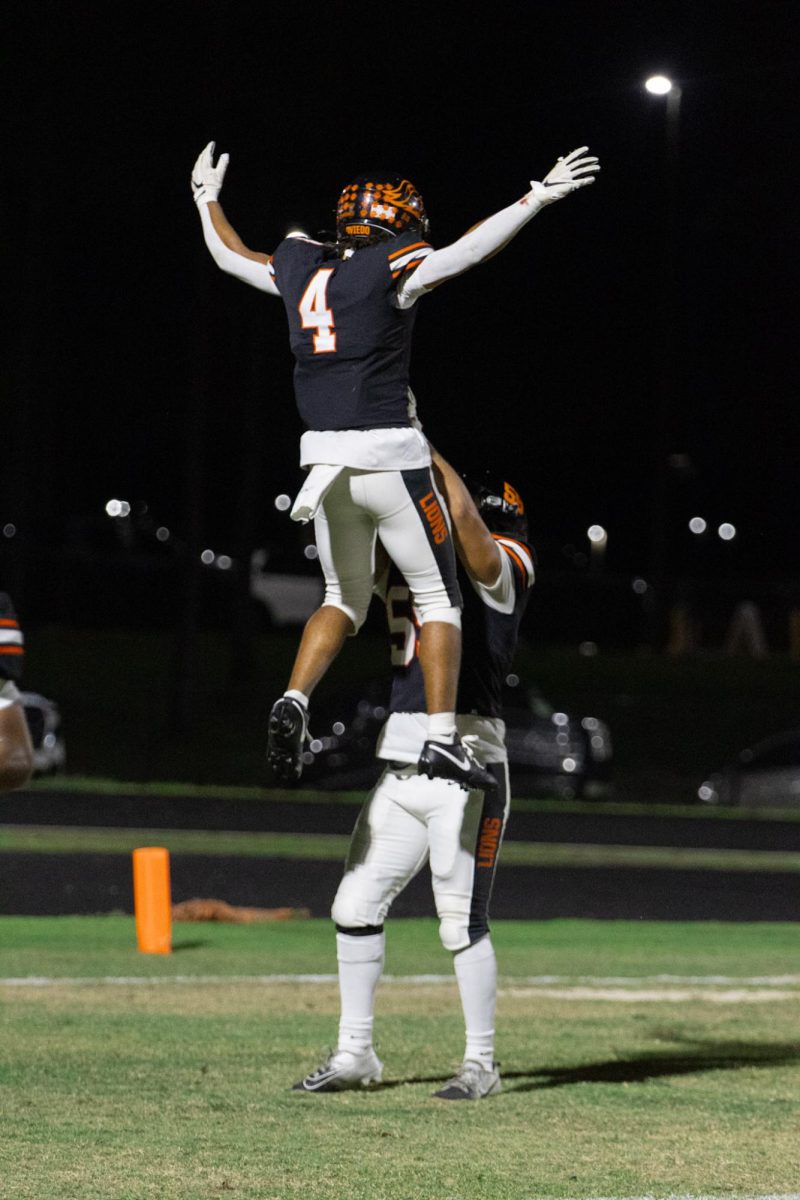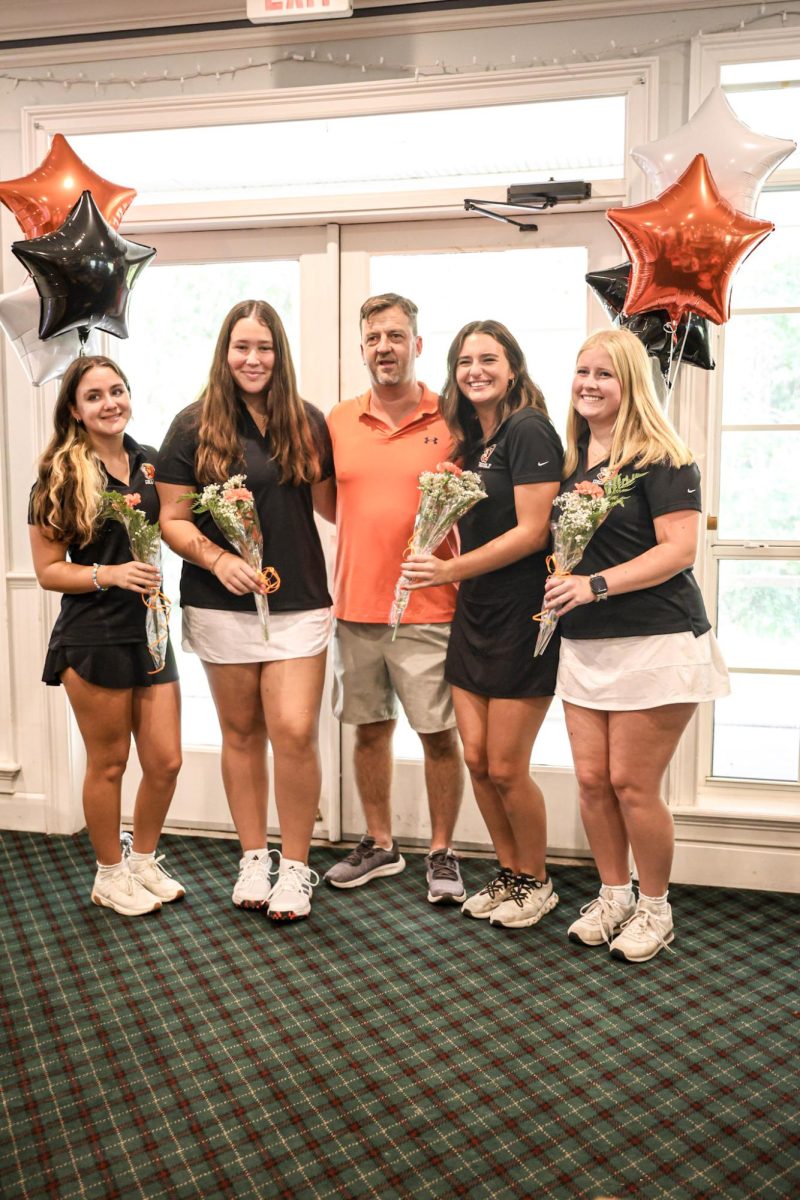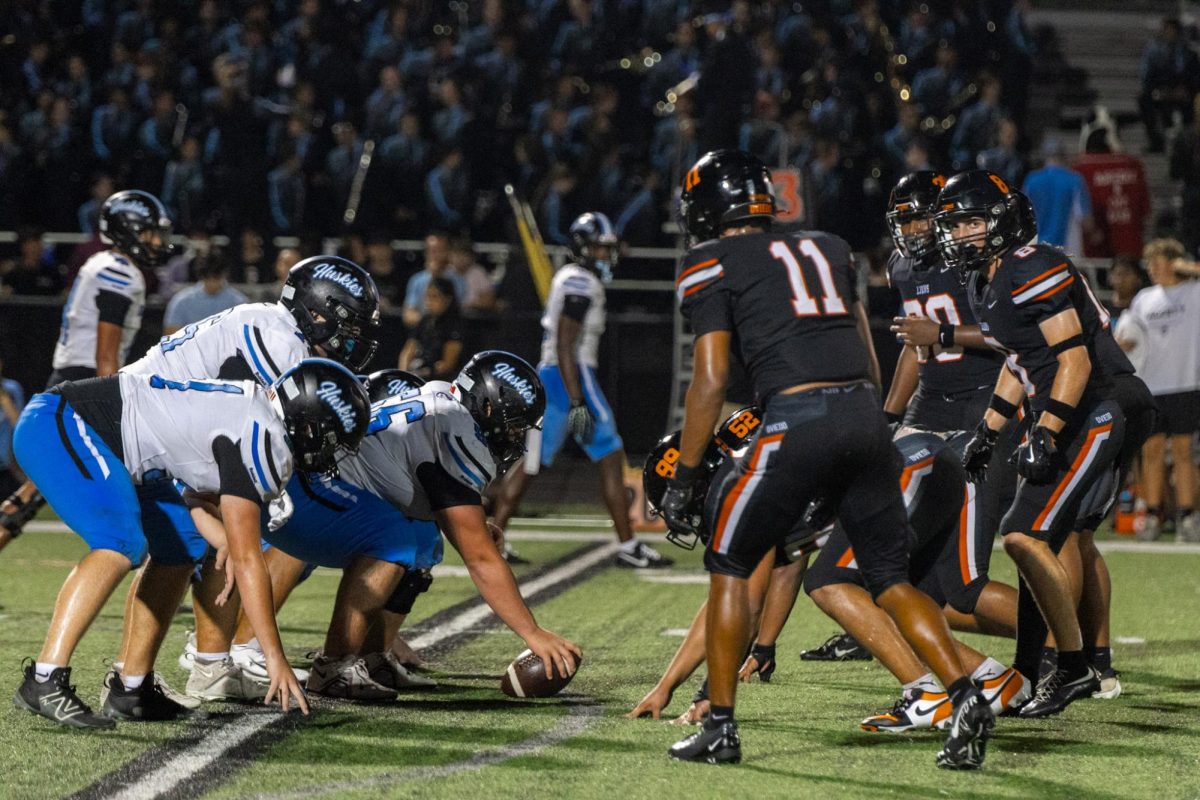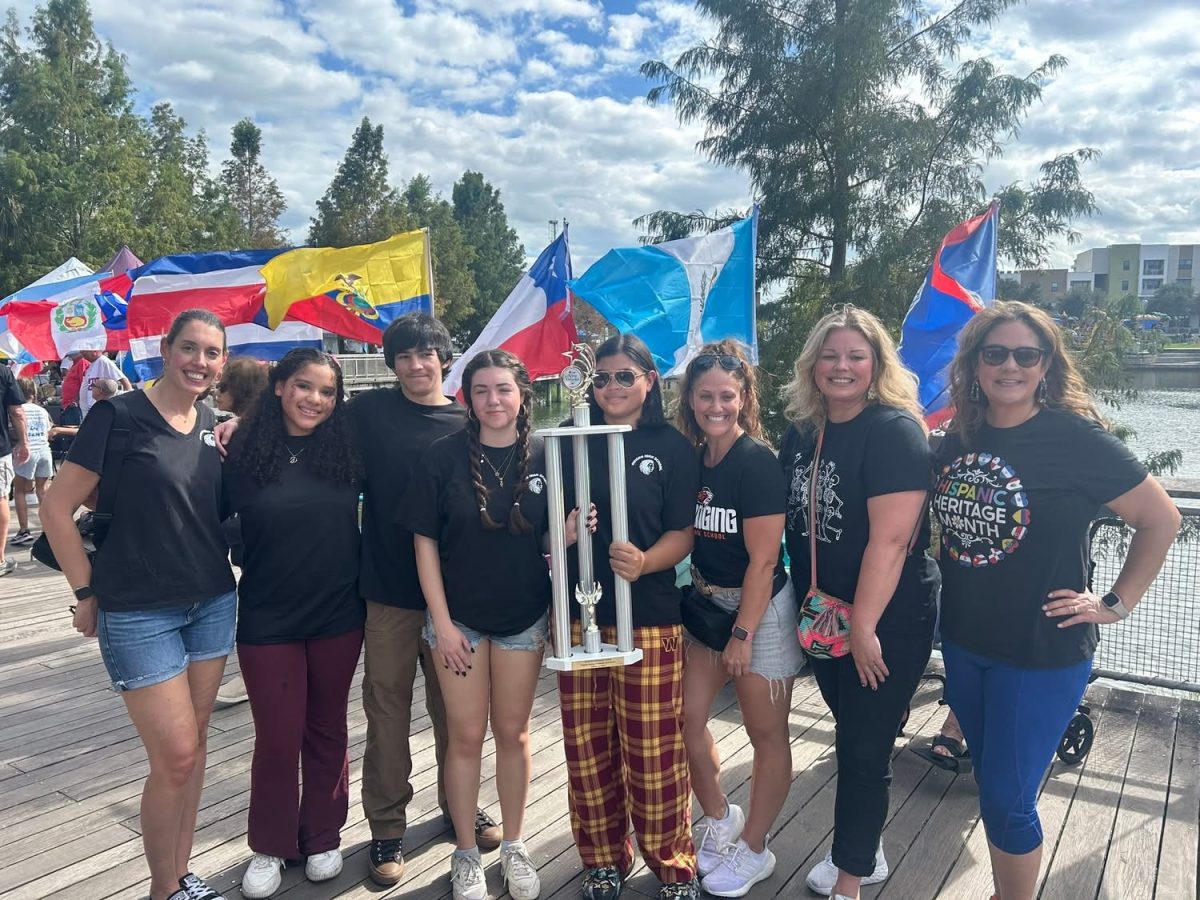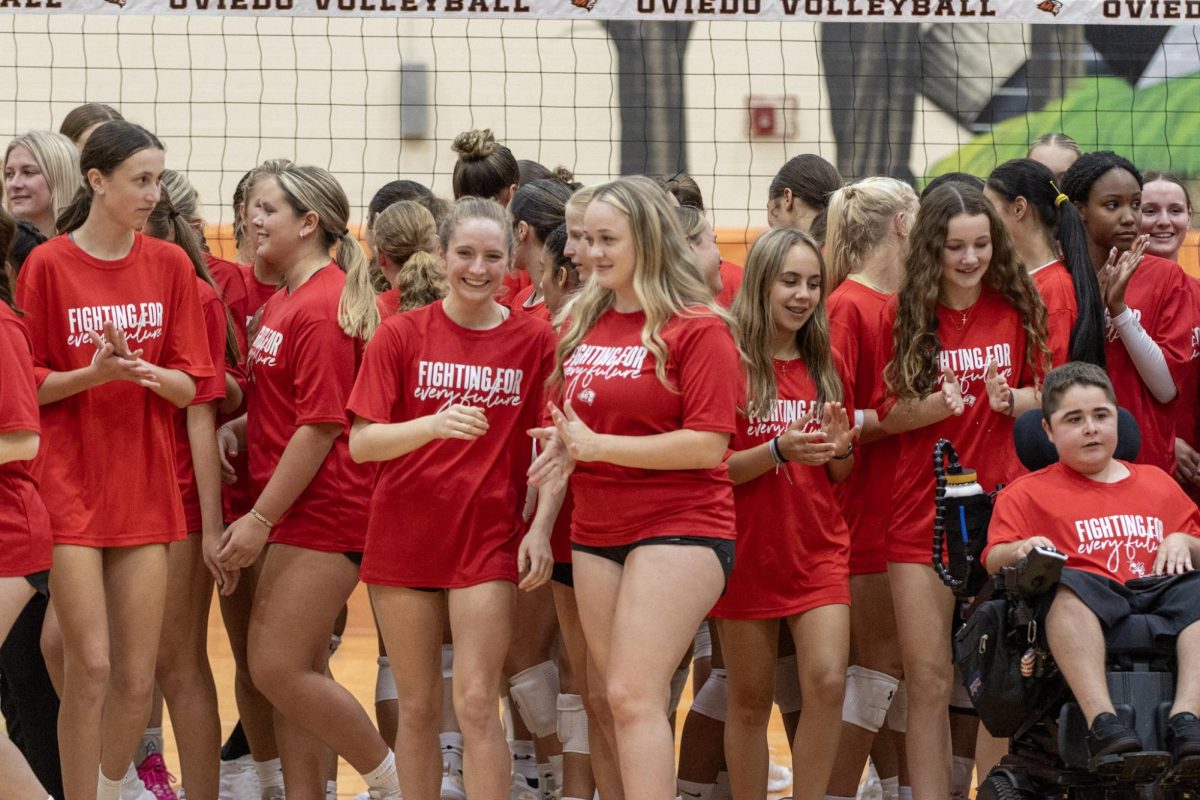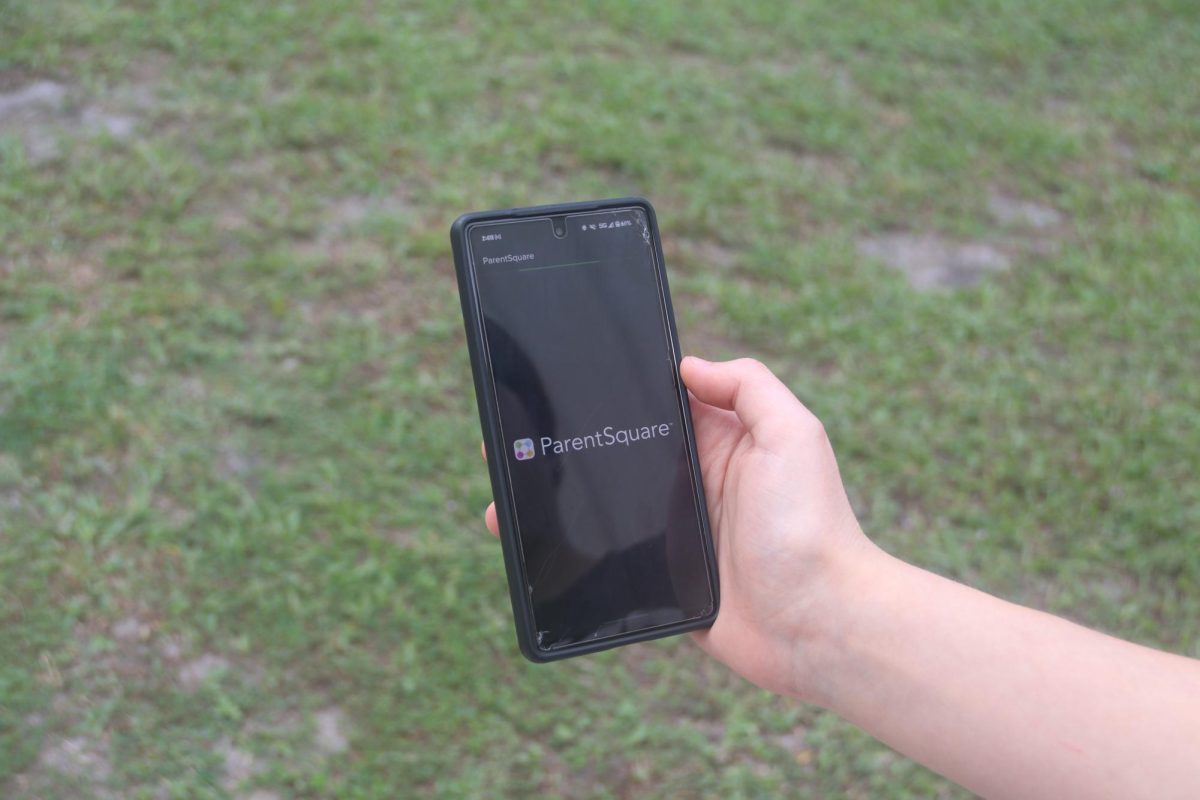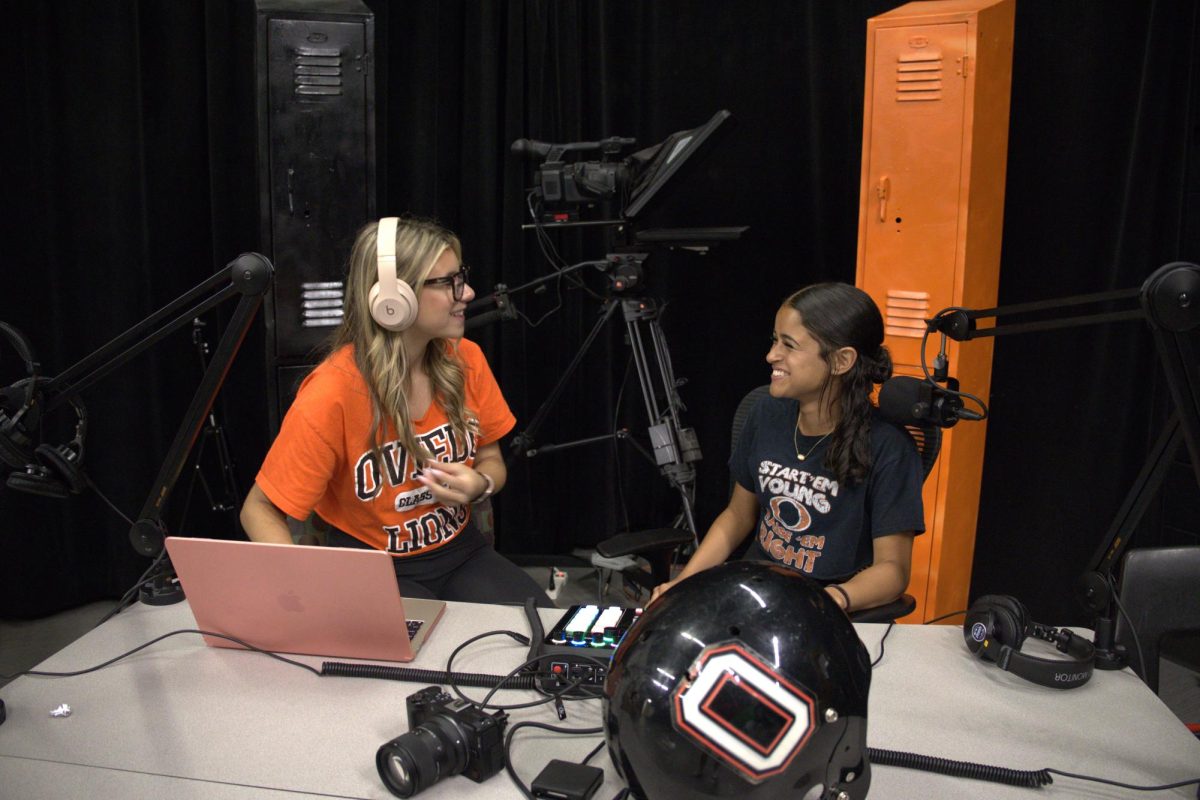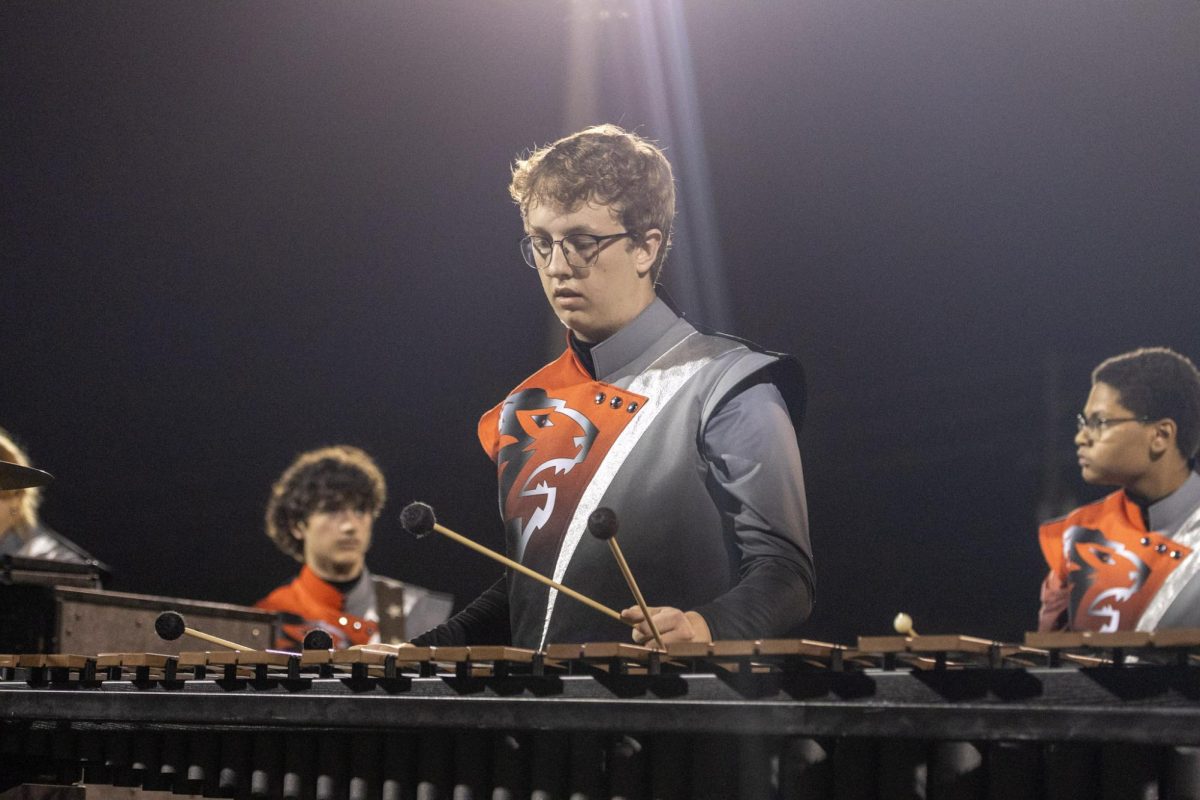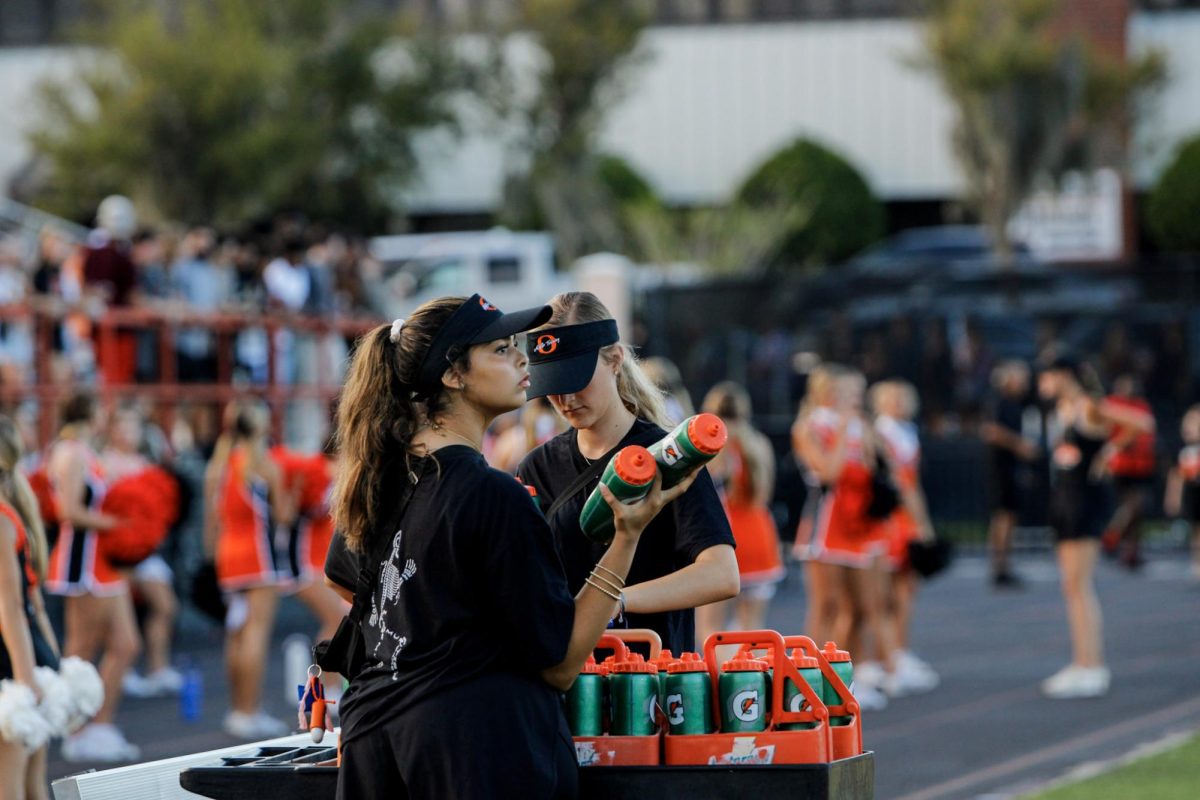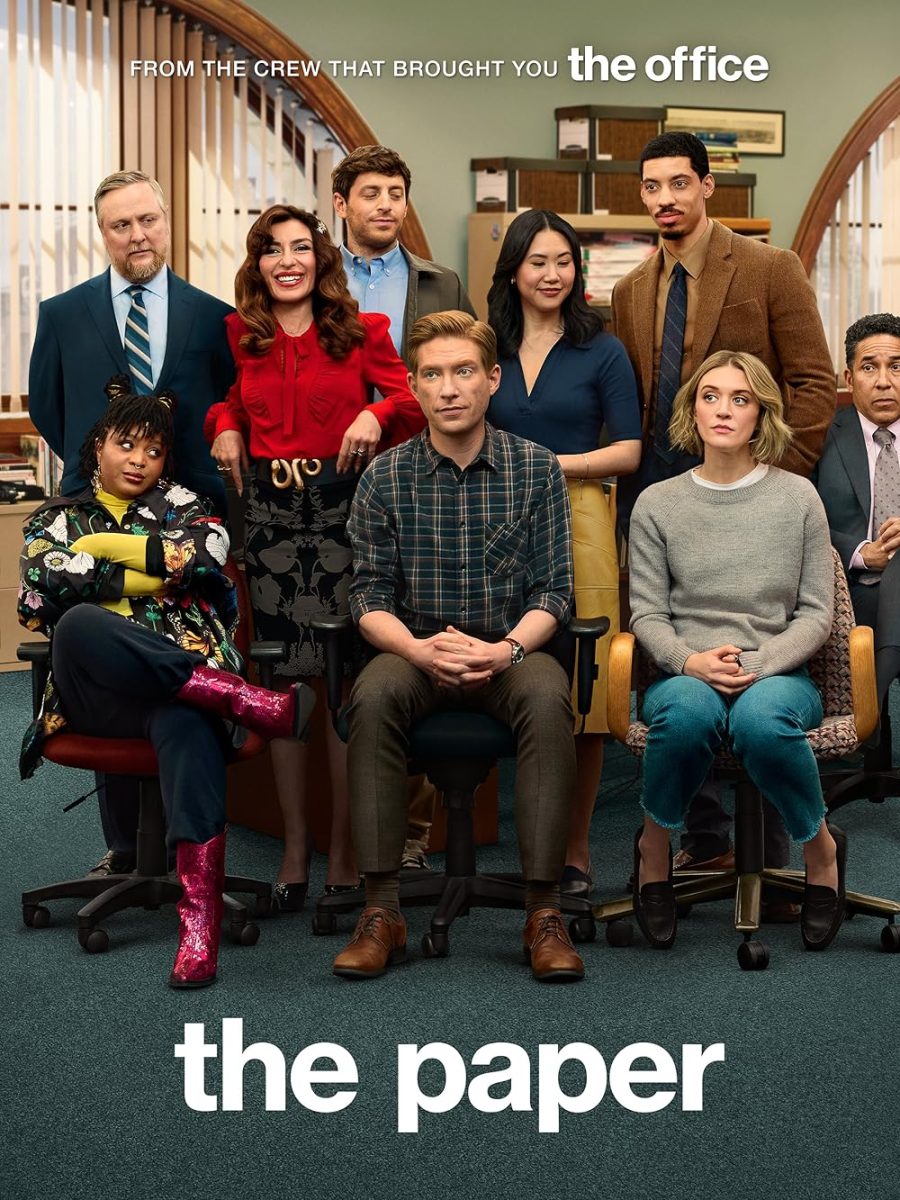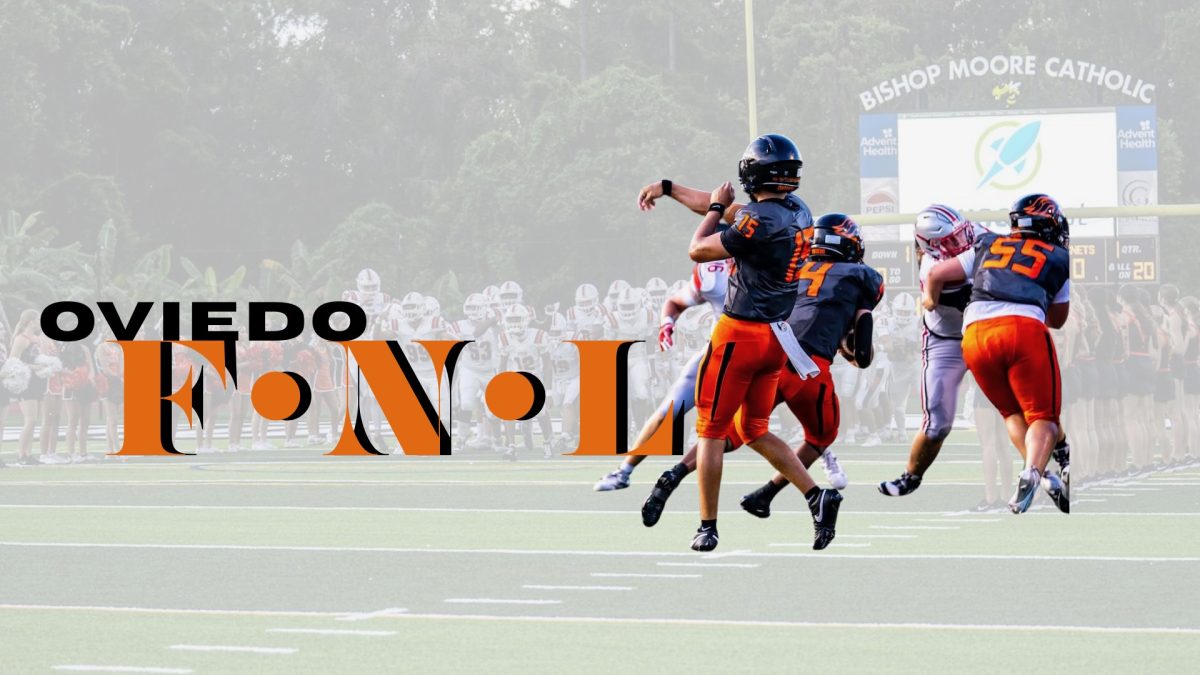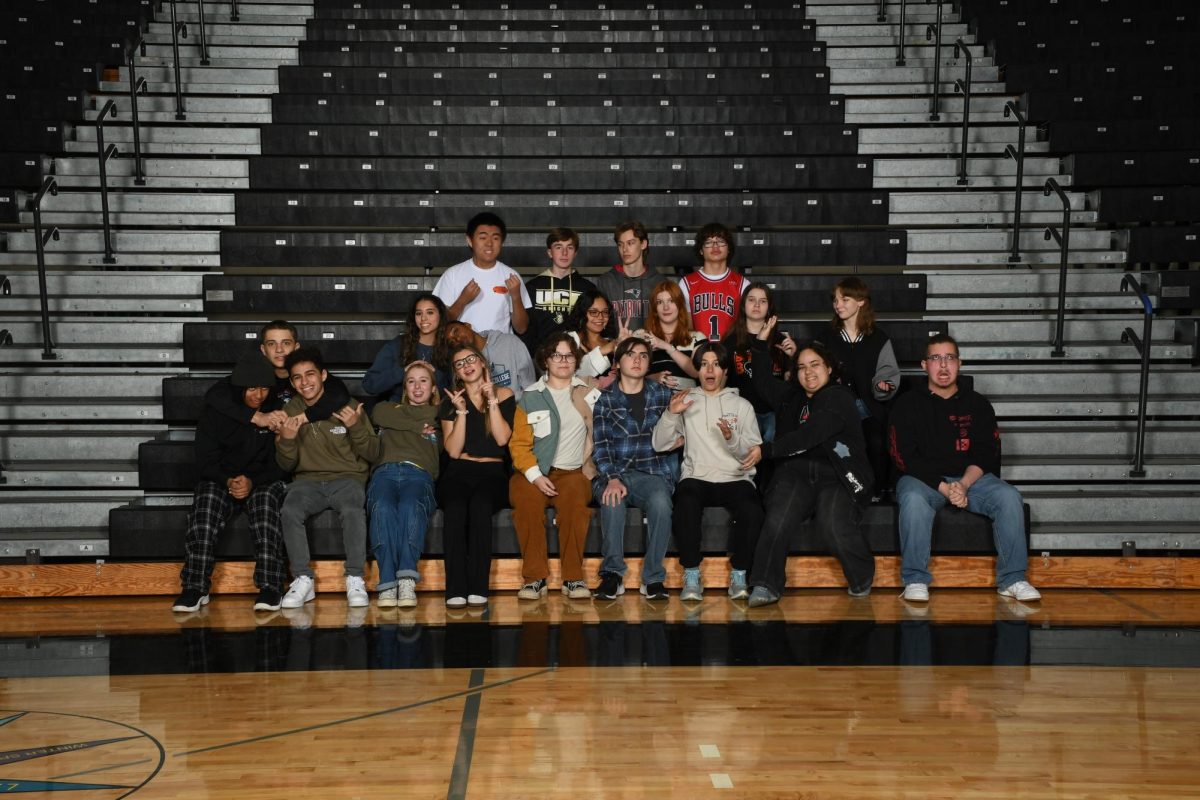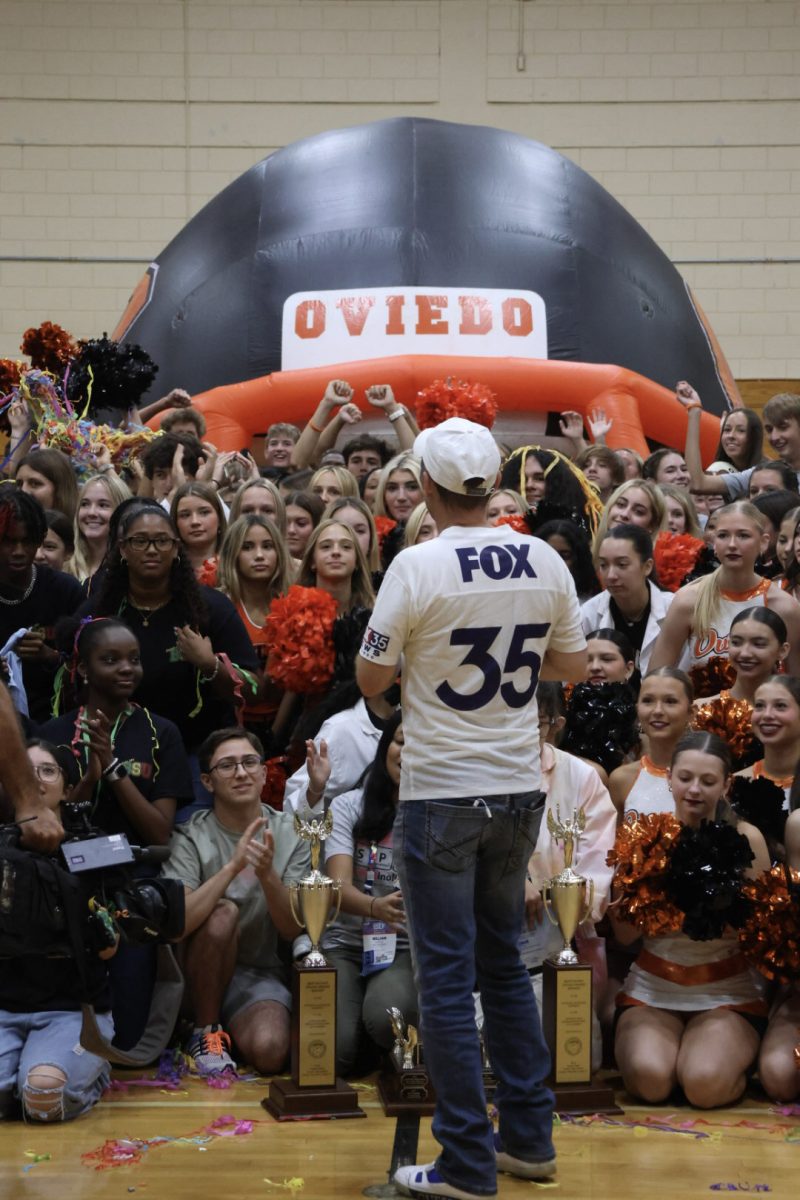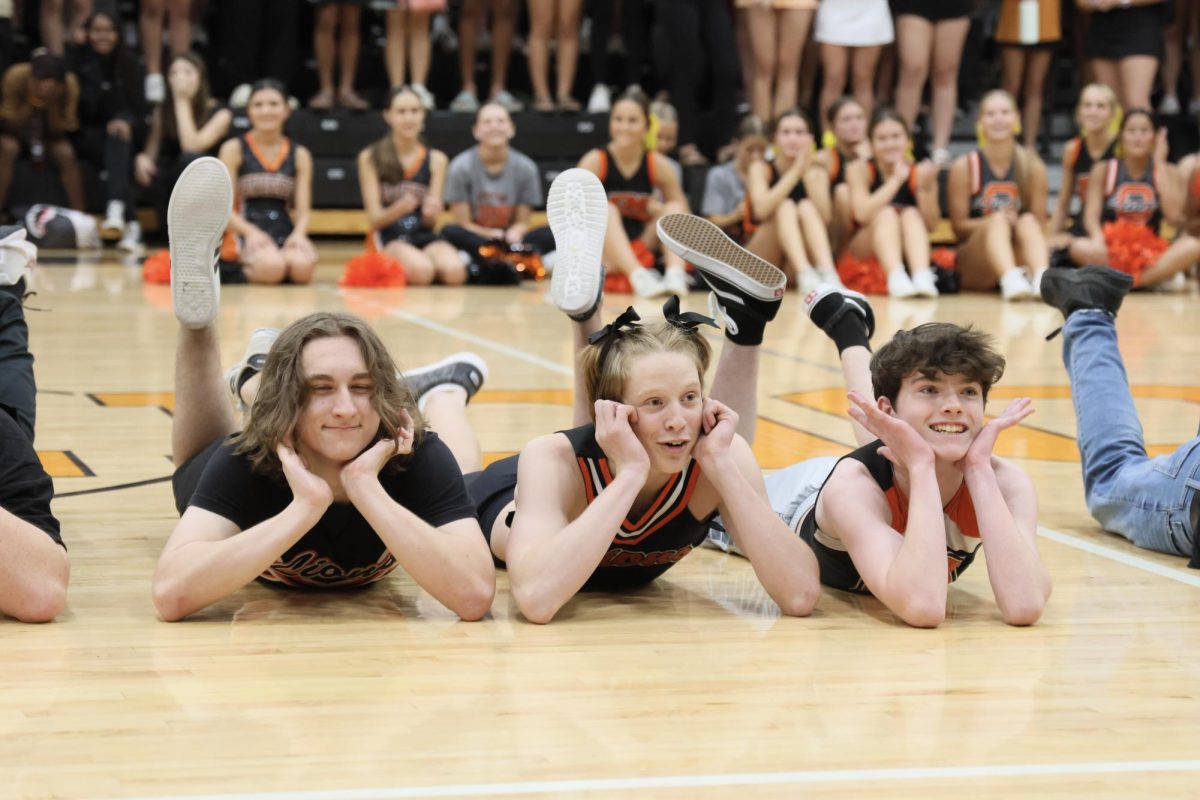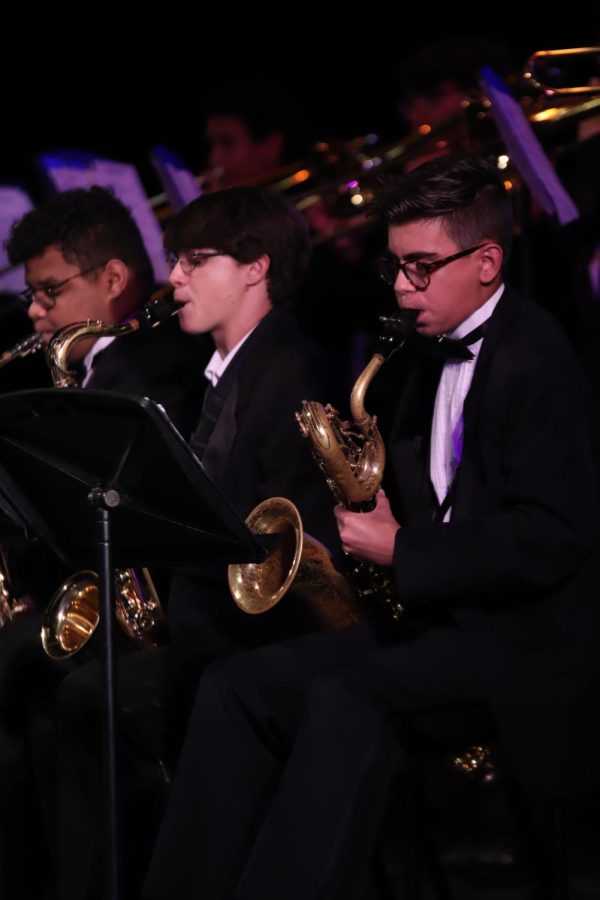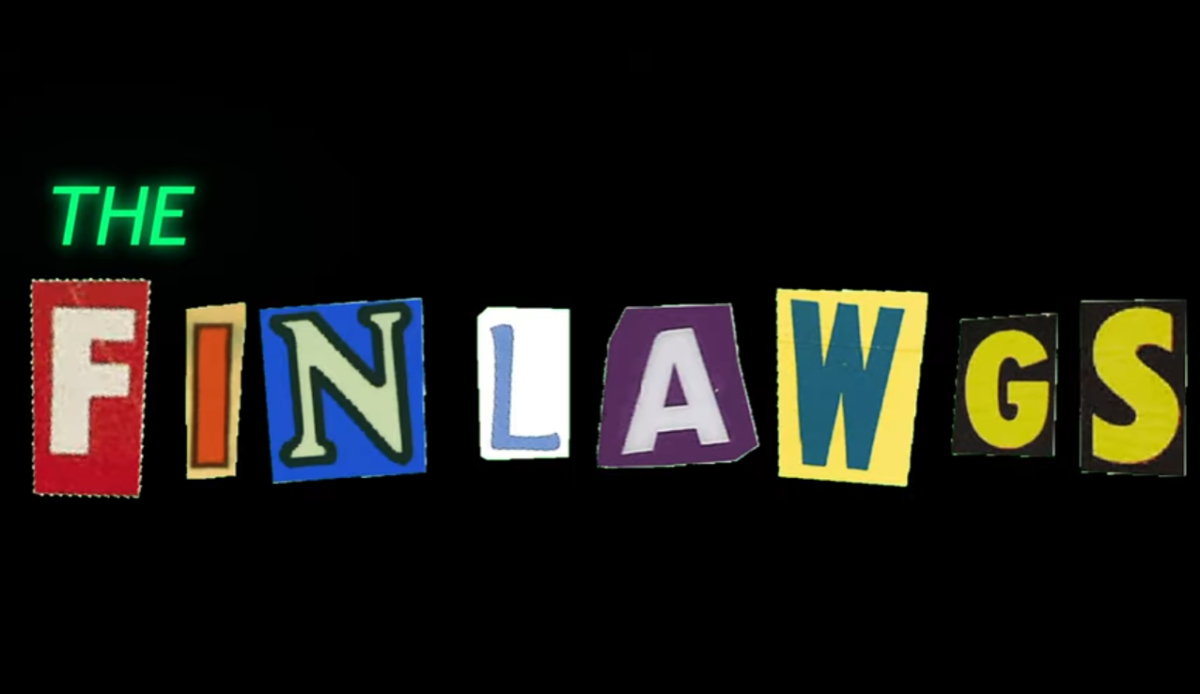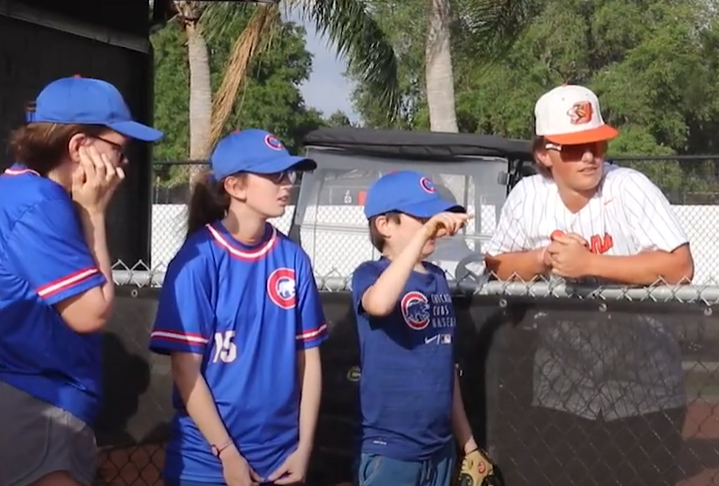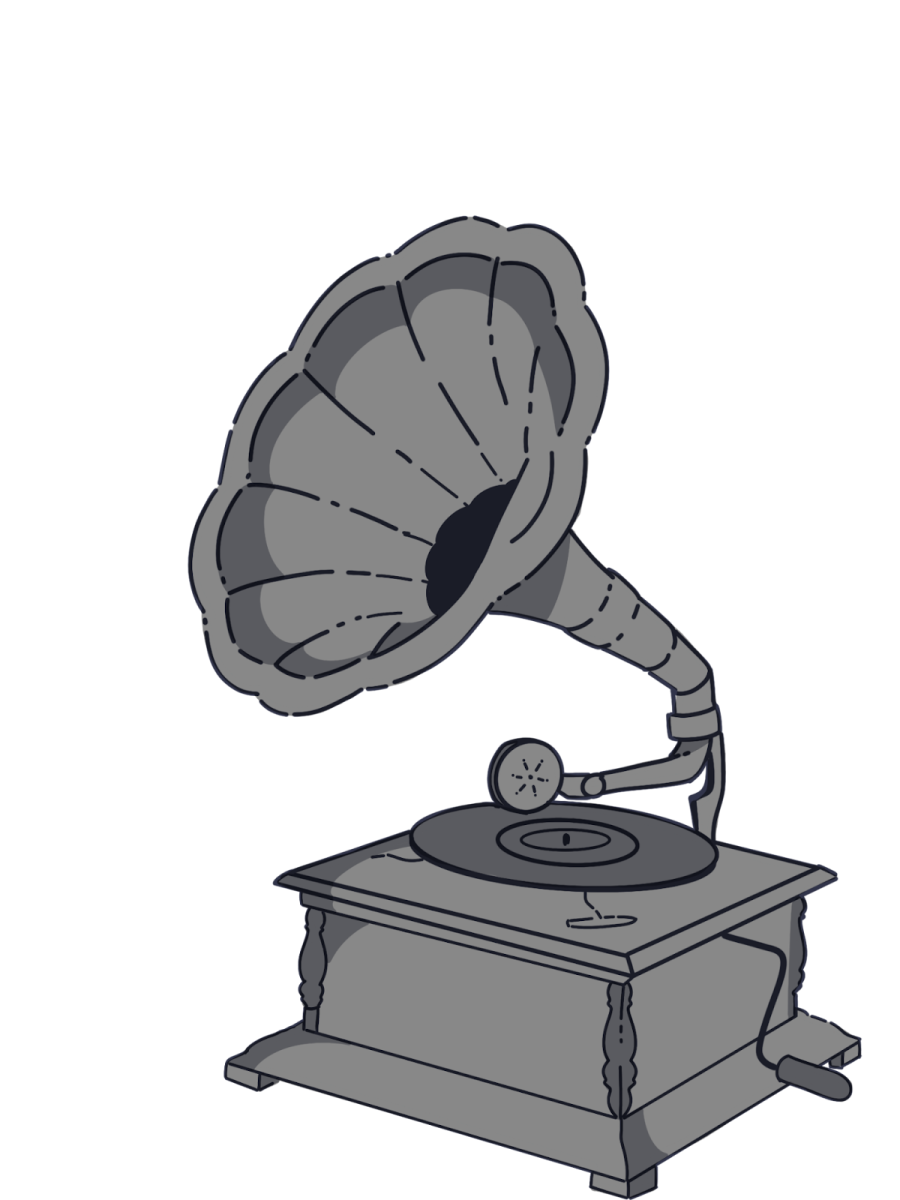Flipped Learning Offers Students a Fresh Experience
Flipped learning, a pedagogical technique, allows students a much deeper understanding of course materials
In elementary and middle school students grow used to the same daily schedule: Go to school, listen to a lecture, do an activity, and then get assigned homework. As students ascend grades and topics get more advanced, lectures take up more and more time until there is no time to complete the activity. This means students must complete practice at home on a daily basis, with no feedback given in arguably the most crucial step of the learning process- applying the learned concept.
To counter this, the idea of flipped learning was born. This educational technique turns this process upside down, requiring students to listen to a lecture and take notes at home, and then participate in concept application like a discussion or practice at school. Flipped learning is a type of blended learning, which is an approach that combines technology and in-person learning in order to better personalize student experiences.
This technique is challenged by people who state that not all students are able to learn through watching videos and many students do not have the self-direction or organization to take their learning into their own hands through no fault of their own. However, flipped learning actually gives opportunities for students to grow and learn skills they must have to pursue any post-high school path: employment, enrolling in college or trade school, or enlisting in the military.
The theory of constructivism is a theory about learning where students actively construct their own knowledge of the subject. According to Simply Pyschology, by taking part in their learning instead of passively listening to a lecture and halfheartedly taking notes, students are able to build a larger and more personalized knowledge of the topics. When watching lectures at home, students are able to pause to accommodate for note-taking speed or process the information better. The at-home lecture aspect of flipped learning allows students to take control of their education.
The benefits of flipped learning don’t stop there. At school, students have increased time to work with each other and the teacher. According to Brookings, flipped learning “[teaches] students valuable intra- and interpersonal skills” because class activities can be collaborative or discussion-focused. Students can collaborate and learn from one another. Class time is spent practicing with feedback from the teacher so students can build knowledge and make sure that they fully understand the topic.
In class, students can participate in discussions or do practice worksheets, but flipped learning also offers more time for experiments and use of technology, such as high tech microscopes or software, that students don’t have access to at home. Without class time being used for a lecture, it frees up time for in-depth study.
Flipped learning is proven to be more effective than lecture-based education, with students in flipped classrooms having a higher academic performance than those in regular classrooms.
Teachers looking to use this practice in their own classroom should assess the way they teach and consider whether flipped learning would improve student experiences or not. They should also ensure they have enough time to make and/or collect enough lecture materials for students to be able to efficiently learn. Some teachers elect to alternate between traditional and flipped learning because they find that this mixed approach works better.
Teachers and students need to adopt the appropriate attitude in order for this method to work. Teachers need to be willing to take a hands-on approach with their students in class to ensure that class time is being used productively and students have the space to get responses to any questions they may have. Students need to be able to handle the responsibility of doing most learning outside of class, and in order to be successful they need to pay attention to the lecture and make good notes for themselves so that they actually know the concept. Flipped learning is extremely dependent on student participation both in and out of class.
There can be no arguing that, when applied well, flipped learning is an excellent educational technique. It allows students the ability to take control of their education, increases and improves interpersonal interactions in the classroom, and allows more class time for thorough study. It’s clear that flipped learning, and blended learning as a whole, is the next step in education.
Flipped Learning Throws Instruction on its Head
This “teaching” style continues to negatively impact student performance

In 2020, disease spread across the nation, forcing students to stay at home and miss school. School would occur remotely, typically over a video conference where students would watch from their homes and take notes. Studies have shown that students’ grades dramatically dropped during these virtual courses. Fortunately, the pandemic is no longer a major threat, and the lockdown has been lifted. But since then, flipped learning has become very prominent in high school curriculum.
Flipped learning is what it sounds like, and is very similar to online schooling. Students are required to go home and access a video with notes to copy down, and are expected to perform and apply the information learned in class– essentially having assignments that are homework be classwork, and classwork be homework. Some students think this is preparing them for college courses, but some alumni of high schools have claimed that “flipped learning” courses are nothing like the real college experience.
Students all have different learning types. Some will thrive in situations where they can take notes from a video, but most cannot. Learning may become harder for students when they are not taught with a live instructor, face-to-face with a teacher, to ask questions. Some may argue the video is more straightforward and gives you all the work, but that may not be as beneficial as it seems. It may be hard to focus when the answers for notes are handed to you just like that, rather than a teacher making sure students understand the material and can help elaborate on topics further.
Another con of this learning style is that some students do not have stable internet access, or may not be fortunate enough to have the correct technology at home to complete the work. A student may lose power and miss just one video, and can quickly slip behind and dig themselves into a deep hole of not understanding the work and not being able to catch up. This also applies to students with extracurricular activities. The argument that students would have homework to complete nevertheless has been made, but unlike regular homework, these videos and notes are what they need to learn from. Typically, homework is just applying what is learned in class at home, not the material you need for class.
While not educators’ fault, we live in the age of doomscrolling. Social media has taken over lives and destroyed students’ attention spans. In class, where phones are not allowed on anyone’s person, students will be forced to pay attention and have a chance of genuinely learning from the class. When they go home, teachers cannot tell if students are really processing what they hear and see written. Some students may not be disciplined enough– or have the time to sit through an entire video of things they should be learning in class anyway. Some may argue that this is the students’ fault, but if students are not attending class for education, what are they doing?
To put it simply, learning through videos cannot grasp the attention of most students, and real, live, authentic teaching is what our generation of students need. Teachers became teachers to help and, of course, actually teach their students, not just supply videos and note sheets for them to learn on their own.

